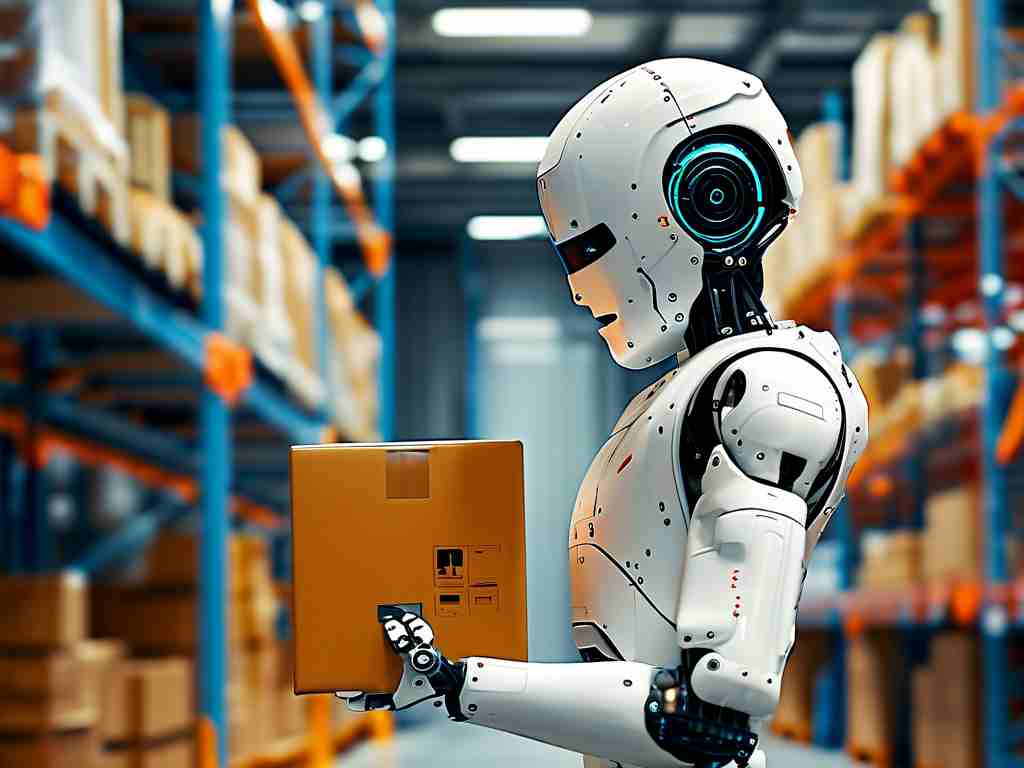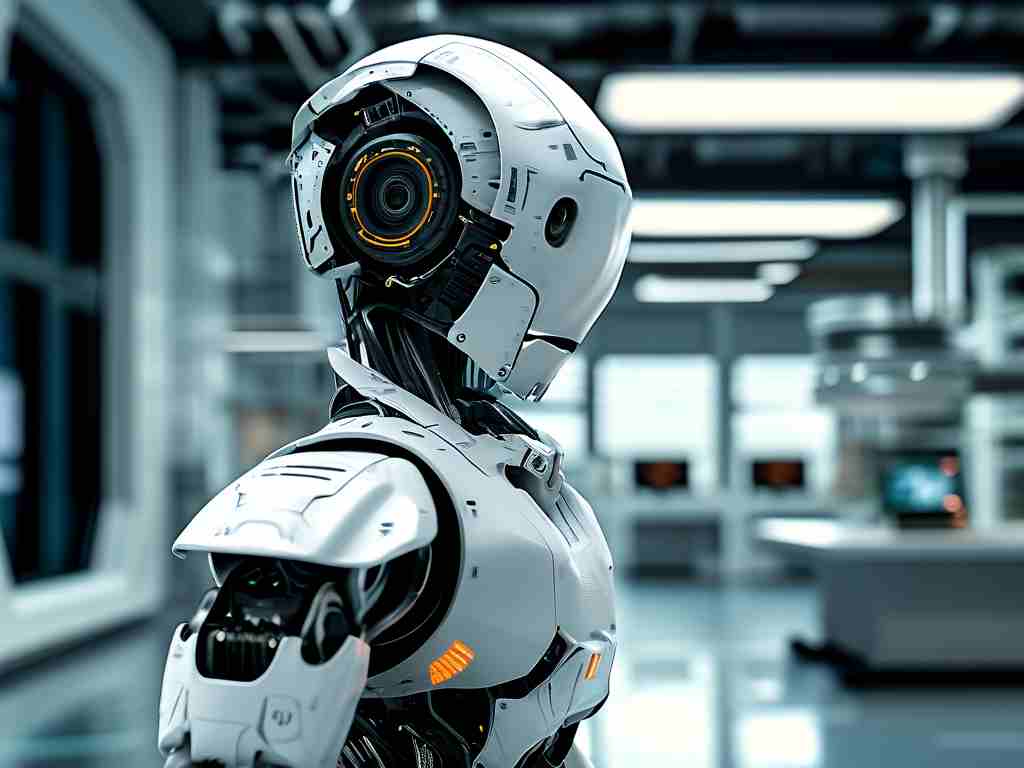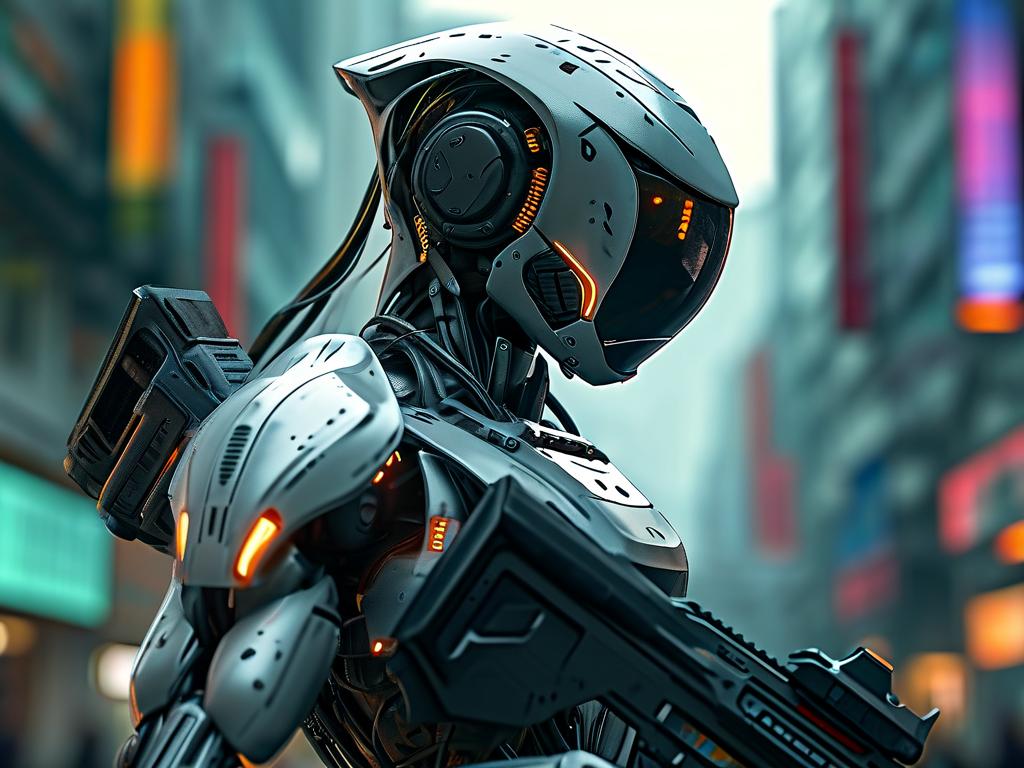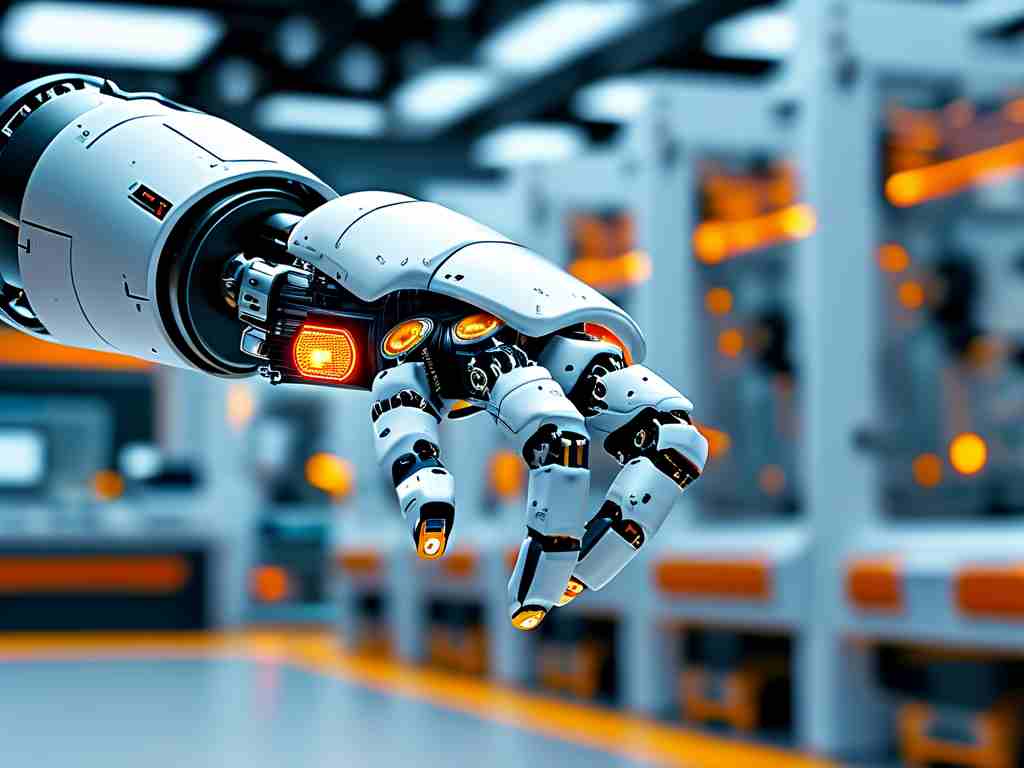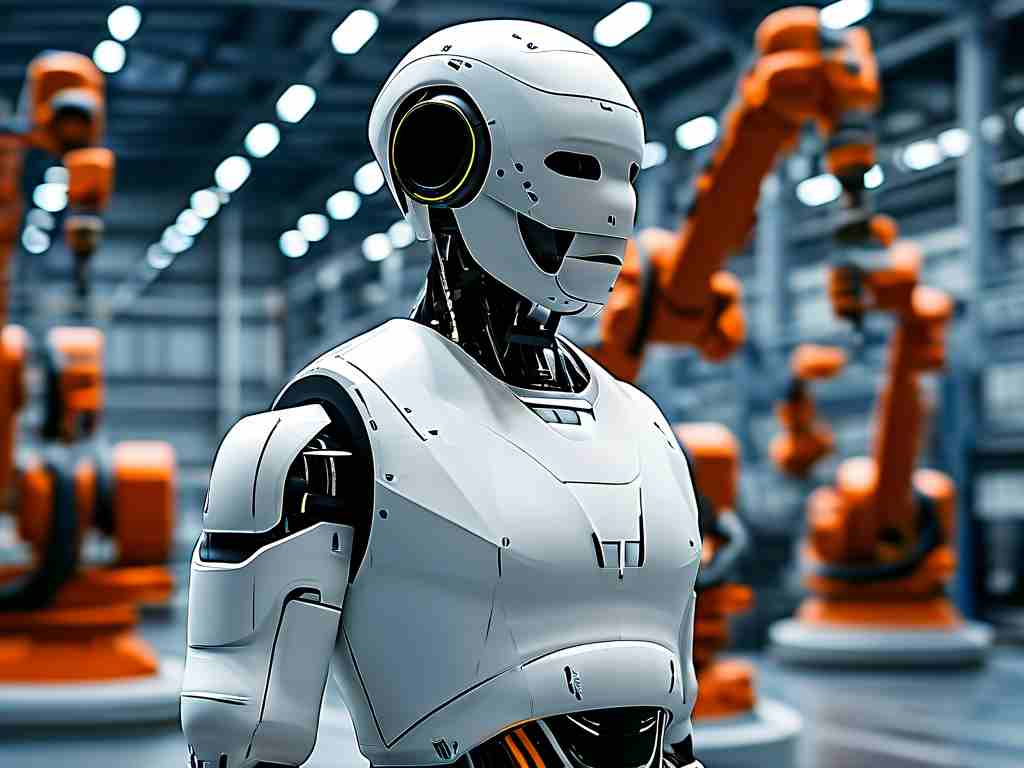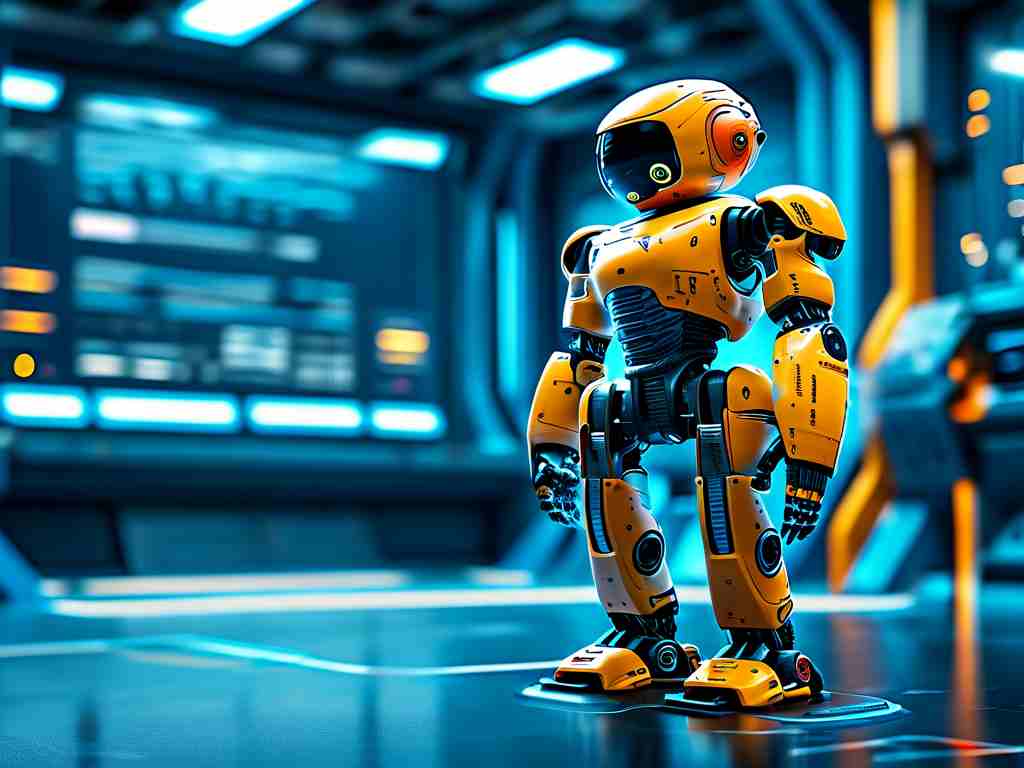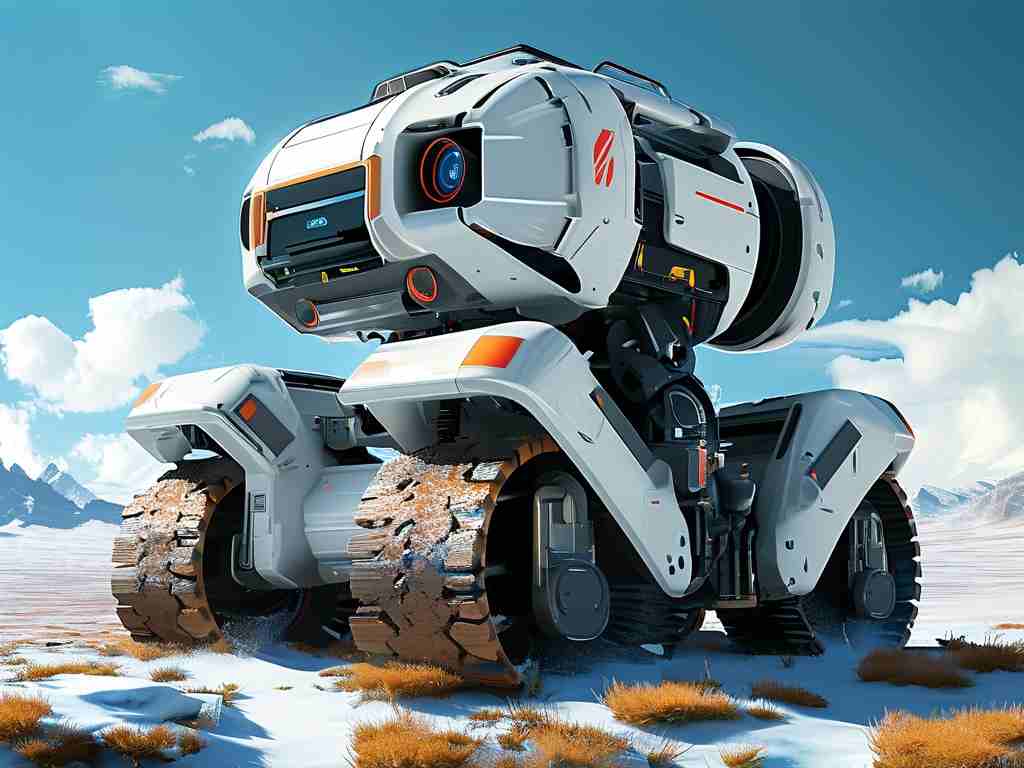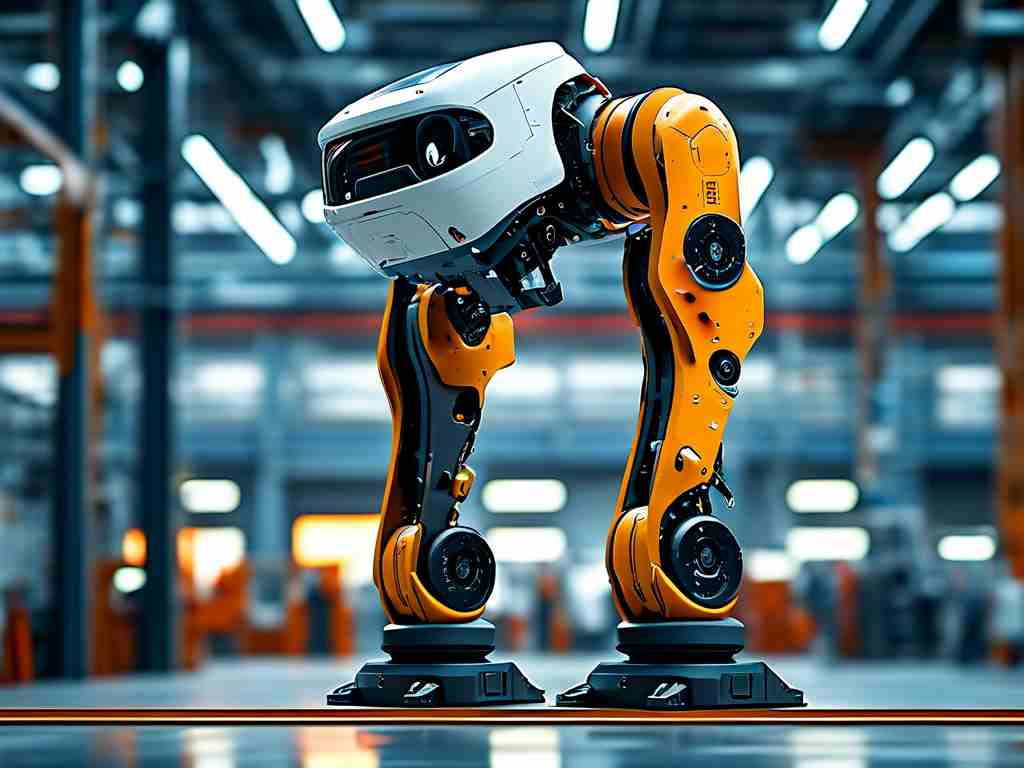The rapid evolution of EX robotics technology has revolutionized industries ranging from manufacturing to healthcare. At its core, this technology integrates advanced algorithms, sensor systems, and mechanical engineering to create machines capable of autonomous decision-making and precise task execution. Unlike traditional robotics, EX systems prioritize adaptability, enabling robots to operate in dynamic environments with minimal human intervention.
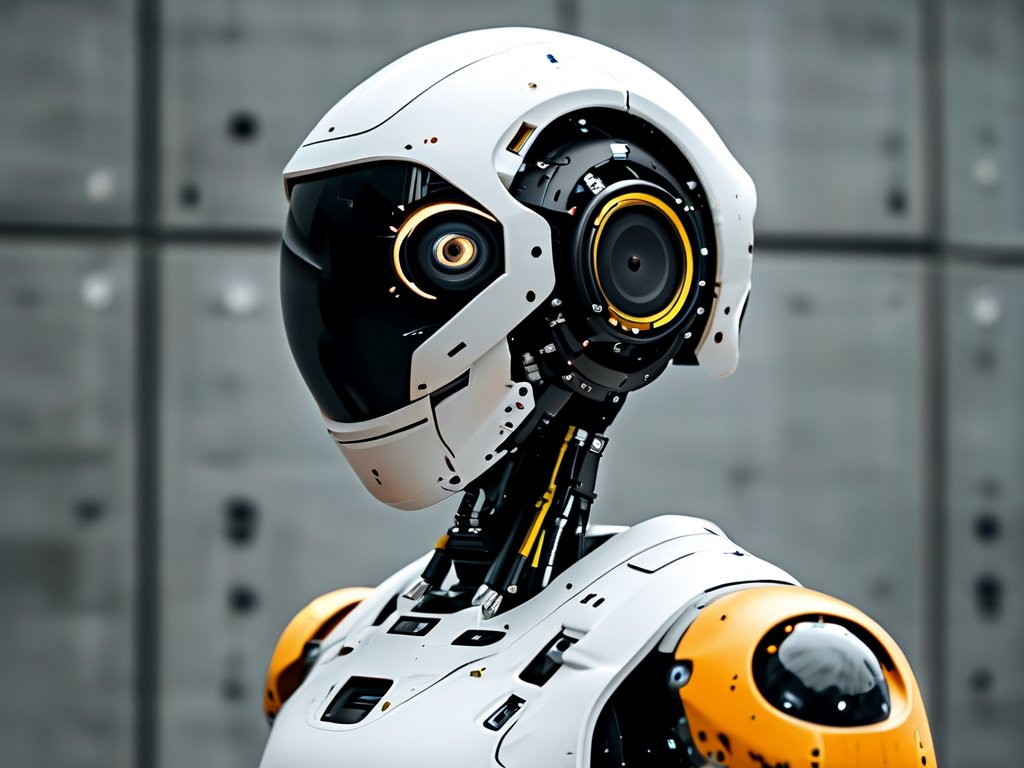
Foundational Technologies
EX robotics relies on three key components: dynamic balance algorithms, multi-modal sensor fusion, and self-optimizing control frameworks. Dynamic balance algorithms ensure stability during complex movements, such as navigating uneven terrain or handling irregularly shaped objects. For instance, industrial EX robots in automotive assembly lines use these algorithms to adjust their posture in real time while installing heavy components.
Multi-modal sensor fusion combines data from vision systems, LiDAR, and tactile feedback to build a comprehensive understanding of the environment. A practical example is warehouse EX robots that map inventory layouts using 3D cameras while avoiding collisions through proximity sensors. This integration allows them to adapt to shifting inventory placements without reprogramming.
Self-optimizing control frameworks leverage machine learning to refine performance over time. By analyzing historical task data, EX robots can predict inefficiencies and adjust their workflows. A case in point is surgical EX robots that shorten operation durations by learning from surgeons’ past procedures, reducing patient recovery times by 18% in clinical trials.
Applications Across Industries
In manufacturing, EX robots excel in precision tasks like micro-welding and circuit board assembly. Companies like Tesla have deployed EX systems to achieve sub-millimeter accuracy in battery module production, cutting defect rates by 40%. These robots also feature fail-safe mechanisms that automatically halt operations upon detecting anomalies, preventing costly production errors.
The healthcare sector benefits from EX robotics through minimally invasive surgical assistants and rehabilitation devices. The da Vinci EX Surgical System, for example, translates surgeons’ hand movements into scaled, tremor-free motions, enabling procedures through incisions smaller than a centimeter. Meanwhile, exoskeleton robots like ReWalk utilize force-sensitive actuators to help patients with spinal injuries regain mobility, adapting support levels based on real-time muscle activity readings.
Consumer-facing applications include service robots in hospitality and retail. Hotel chain Hilton recently tested EX concierge robots that greet guests in 12 languages while analyzing facial expressions to tailor recommendations. Retail EX bots in Japan’s Uniqlo stores combine inventory tracking with customer interaction, using natural language processing to answer product queries.
Technical Challenges and Ethical Considerations
Despite advancements, EX robotics faces hurdles in energy efficiency and system interoperability. Current models require frequent recharging due to high computational loads, limiting deployment in remote areas. Researchers at MIT are addressing this by developing low-power neuromorphic chips that mimic biological neural networks, cutting energy consumption by 63% in prototype EX robots.
Ethical debates center on workforce displacement and data privacy. While EX robots boost productivity, the International Labor Organization estimates they could displace 20 million manufacturing jobs by 2030. Policymakers are exploring solutions like robot taxation and retraining programs. On the privacy front, EX systems collecting biometric data in healthcare settings must comply with regulations like GDPR, requiring end-to-end encryption and user consent protocols.
Future Directions
Next-generation EX robotics will likely incorporate quantum computing for real-time scenario modeling and bio-hybrid systems combining synthetic muscles with traditional actuators. Early experiments at Stanford University show bio-hybrid EX robots capable of lifting 50 times their weight while maintaining human-like flexibility.
Another frontier is swarm robotics, where multiple EX units collaborate through decentralized AI. Airbus is testing this concept for aircraft maintenance, with 30 EX robots inspecting an A380 fuselage simultaneously. The swarm completes inspections 75% faster than human teams while detecting micro-cracks invisible to the naked eye.
As EX robotics matures, its integration with 5G networks and edge computing will enable split-second decision-making across vast operational areas. This convergence promises breakthroughs in disaster response, with EX robots conducting search-and-rescue missions in environments too hazardous for humans.
In , EX robotics represents a paradigm shift in automation, blending mechanical precision with cognitive adaptability. While technical and societal challenges persist, ongoing innovations position this technology as a cornerstone of Industry 4.0 and beyond.
# Sample code snippet for EX robot's dynamic balance control
class BalanceController:
def __init__(self, sensor_array):
self.gyro = sensor_array['gyroscope']
self.accelerometer = sensor_array['accelerometer']
def calculate_adjustment(self):
pitch = self.gyro.get_pitch()
roll = self.gyro.get_roll()
z_accel = self.accelerometer.get_z()
if abs(pitch) > 5.0 or abs(roll) > 5.0:
return self._activate_stabilizers()
elif z_accel < 9.5:
return self._compensate_freefall()
else:
return {'adjustment': 0, 'status': 'stable'}


